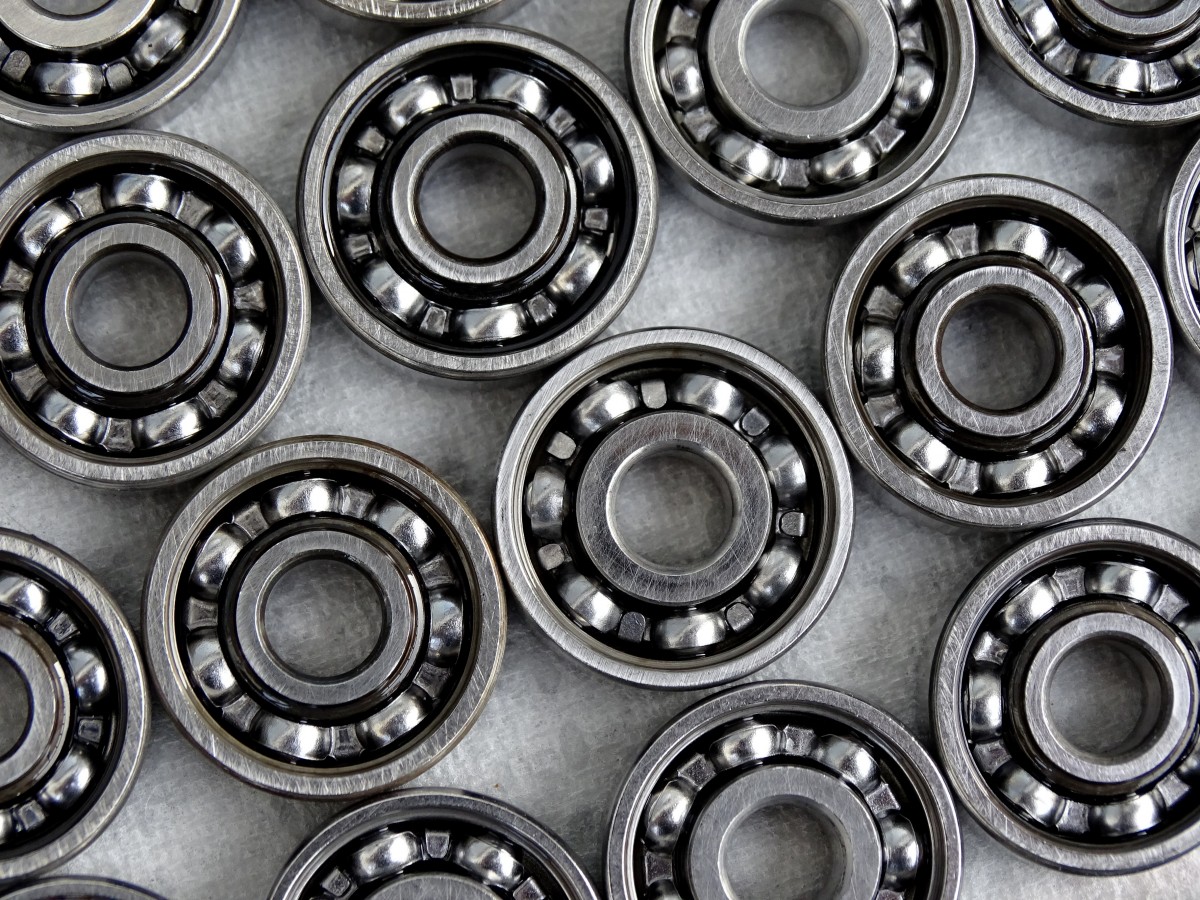News
Decoding Bearing Numbers
Bearings are a perfect example of a highly engineered commodity product. The commodity nature of bearings allows them to be interchanged from one manufacturer to another with the assurance that they have the same size, features and operating specifications.

Developed in 1917 as an industry trade group by a committee of the world's leading bearing manufacturers, the American Bearing Manufacturers Association (ABMA) developed a standard numbering code as a universal identifier of bearing size and attributes. The main purpose of the ABMA is to define bearing-related standards and maintain industry-related statistics.
This standardization helps end users and distributors interchange bearings from other manufacturers if necessary. Engineers can use the code to configure a bearing with the features required for their specific application (a stainless steel deep groove ball bearing with a metal seal on each side, for example).
While some manufacturers adhere to this numbering system, others have developed their own. If a manufacturer elects to use its own numbering system, the end user must rely on bearing interchange information, available from the manufacturer or distributor.
Many manufacturers also produce non-standard bearings with unique or special features or characteristics. These bearings are not technically commodity products as they cannot necessarily be interchanged with other products and may not be convertible to standard numbering convention.
Cracking the Code
At first glance, the series of numbers and letters in a bearing part number can look confusing, but it is actually relatively simple. The numbering code consists of several segments, each one providing specific information about the bearing.
Categories
Latest News
- Types of Ceramic Bearings2020-02-29
- Straight Roller Bearings2020-02-29
- Ball Bearings2020-01-11
- Life ratings for ball and roller bearings2019-12-21
- Roller Bearings vs. Ball Bearings - What's the Difference?2019-12-21
Contact
Contact: Mr.Robin
Phone: +86 15253131888
Email: sales@sdjrcd.com
Add:No.7 Shuanghe Street, Wenchang Sub-district Office, Changqing District,Jinan City, Shandong Province,China.
 PEK
PEK